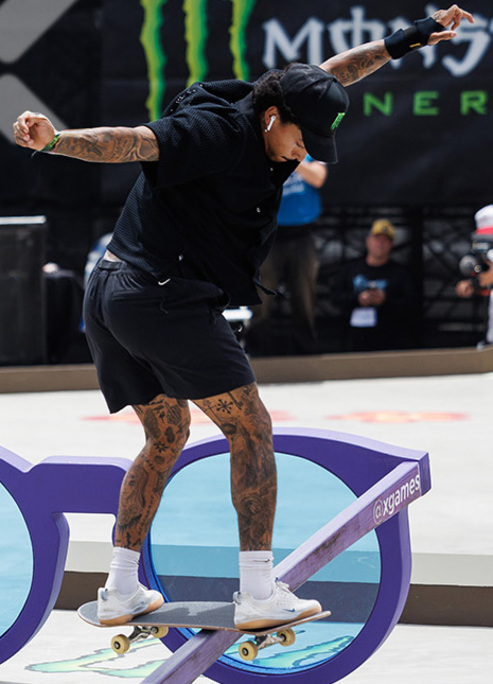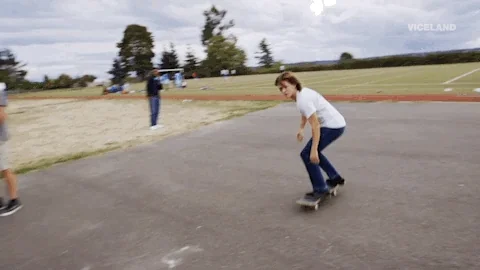
Five Tips to Kickstart Your Skateboarding Journey
Skateboarding is more than a sport; it is a culture, a form of self-expression, and a lifestyle. If you're considering getting into skateboarding, you are about to join a vibrant, diverse community that values creativity and determination. However, there are some things you need to know before you drop in, which is where this article comes in.
A Brief Look at Skateboarding's History
The sport and lifestyle we know today started in Southern California in the 1950s, decades before the best sportsbooks for California residents launched. Skateboarding was born out of the surf culture, with early pioneers calling it "sidewalk surfing." Early skateboards were essentially modified roller skates attached to wooden boards, giving surfers something to do when the waves were flat.
By the 1980s and 1990s, skateboarding had become a global phenomenon, with street skating taking centerstage. Iconic skater Rodney Mullen is considered the godfather of street skating. He is credited with inventing numerous tricks, including the kickflip and heelflip, which form the foundation of modern street skating.
Modern-day skateboarding is as diverse as it has ever been. We have vert and street, downhill, freestyle, longboarding, and park. Skateboarding is also an Olympic sport, with Australia's Keegan Palmer winning his second gold medal at the recent Paris Olympics.
If you have dreams and aspirations of following in the footsteps of some of skateboarding's greats, remember that you will not be producing incredible tricks immediately. Everyone has to start somewhere, so you may as well start with these five tips.
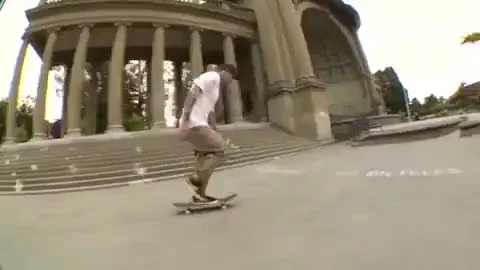
Choose the Right Gear
Having the right gear is essential when you are first starting out in skateboarding; you want a combination of safety and performance. Start with the skateboard itself. Brands like Baker, Element, and Powell Peralta are known for their durability and quality; they also manufacture complete setups ideal for beginners.
Look for a deck that is around eight inches wide and versatile enough for park and street skating. Try boards with different bearings, trucks, and wheels, as they alter the feel of the board under your feet. Softer wheels are better for cruising and rough surfaces, while harder wheels are ideal for tricks and smoother skate parks. The trucks should be tight enough to keep you stable while allowing enough wiggle room to turn without taking too much effort.
As a beginner, you should invest in some safety gear. A good helmet and pads for your elbows, knees, and wrists may not offer the most glamorous looks, but they can save you from severe injuries because you will fall—a lot!
Learn the Basics of Balance, Stance, and Pushing
Skateboarding is all about balance, so take some time to get used to your board. Place your board on a flat surface and simply stand on it. Note how it feels and reacts when you shift your weight forward, backward, and side to side.
Most skaters ride either with their left foot forward (regular) or their right foot forward (goofy). The choice is yours. Settle on a stance that feels natural to you. The foot you want at the front is usually the foot you naturally lead with when going upstairs.
Lastly, practice pushing. With your front foot near the front trucks, push off the ground with your back foot. Work on your balance while moving as you get more comfortable on your board, keeping your knees bent, and your body relaxed to help with stability. Practice stopping by dragging your back foot on the ground or doing a gentle carve. Being able to stop is a great skill to have!
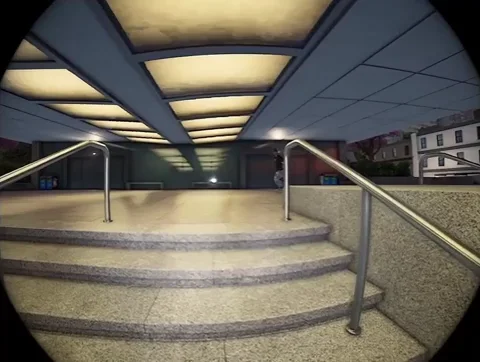
Try to Master the Ollie
The ollie forms the base of most skateboard tricks and is also helpful for navigating obstacles or climbing curbs. You will have seen skateboarders perform an ollie many times without knowing its name. It is a jump where the skateboard sticks to the skater's feet.
Timing is key to a successful ollie, and you may find it takes a while to perfect this move. Try it by rolling at a comfortable speed, placing your foot on the board's tail and your front foot near the middle. Pop the tail down hard with your back foot while simultaneously sliding your front foot up the board. This synchronized motion helps lift the board into the air.
It's advised to practice ollies on flat ground before trying them out on curbs or onto ledges. Remember not to run before you can walk.
Familiarize Yourself with Skatepark Etiquette
Most new skaters can't wait to hit the skate park to hone their skills and hang out with like-minded people. Once you feel comfortable, head to your local skart park, but be aware of the park's unwritten rules, known as etiquette.
Always be aware of your surroundings because parks can get crowded. Wait your turn to drop in to help maintain the flow of the park and prevent collisions. Don't be afraid to ask more experienced skaters for advice if you are unsure when it is your turn.
You should always be respectful of other skaters, too. Avoid sitting on obstacles where others are skating, don't snake someone's line, and check on your fellow skaters if they take a particularly bad fall. Everyone at the park, even those performing incredible tricks, will have taken more than their fair share of tumbles. Falling and getting back on your board is all part of the journey.
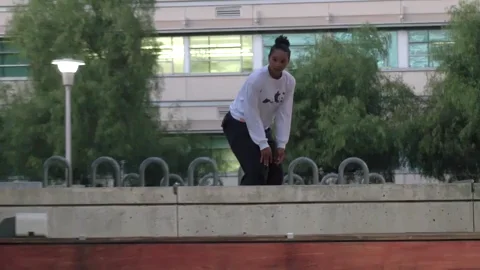
Take Inspiration by Skateboarding Legends
Like how football fans try emulating their favorite quarterback or basketball players copy the three-pointer techniques of their heroes, skateboarders draw inspiration from the sports' legendary figures.
Watch some videos of the previously mentioned Rodney Mullen if you can, and be prepared to be amazed. Feast your eyes on footage of Tony Hawk, a skater so famous that even non-skaters know his name.
Modern-day skaters like Leticia Bufoni and Nyjah Huston continue pushing the boundaries of what is possible on a skateboard. They have won countless gold medals in skateboarding's most challenging competitions and have become household names as a result.
The Final Push
Taking up skateboarding is challenging yet massively rewarding. You'll need time, patience, and resilience, in addition to being able to be mentally tough enough to take many falls and drag yourself back to your feet.
As soon as you arm yourself with the right gear, find your feet, and pull off your first ollie, you will be hooked and instantly know why skateboarding is a way of life, not just a sport.


